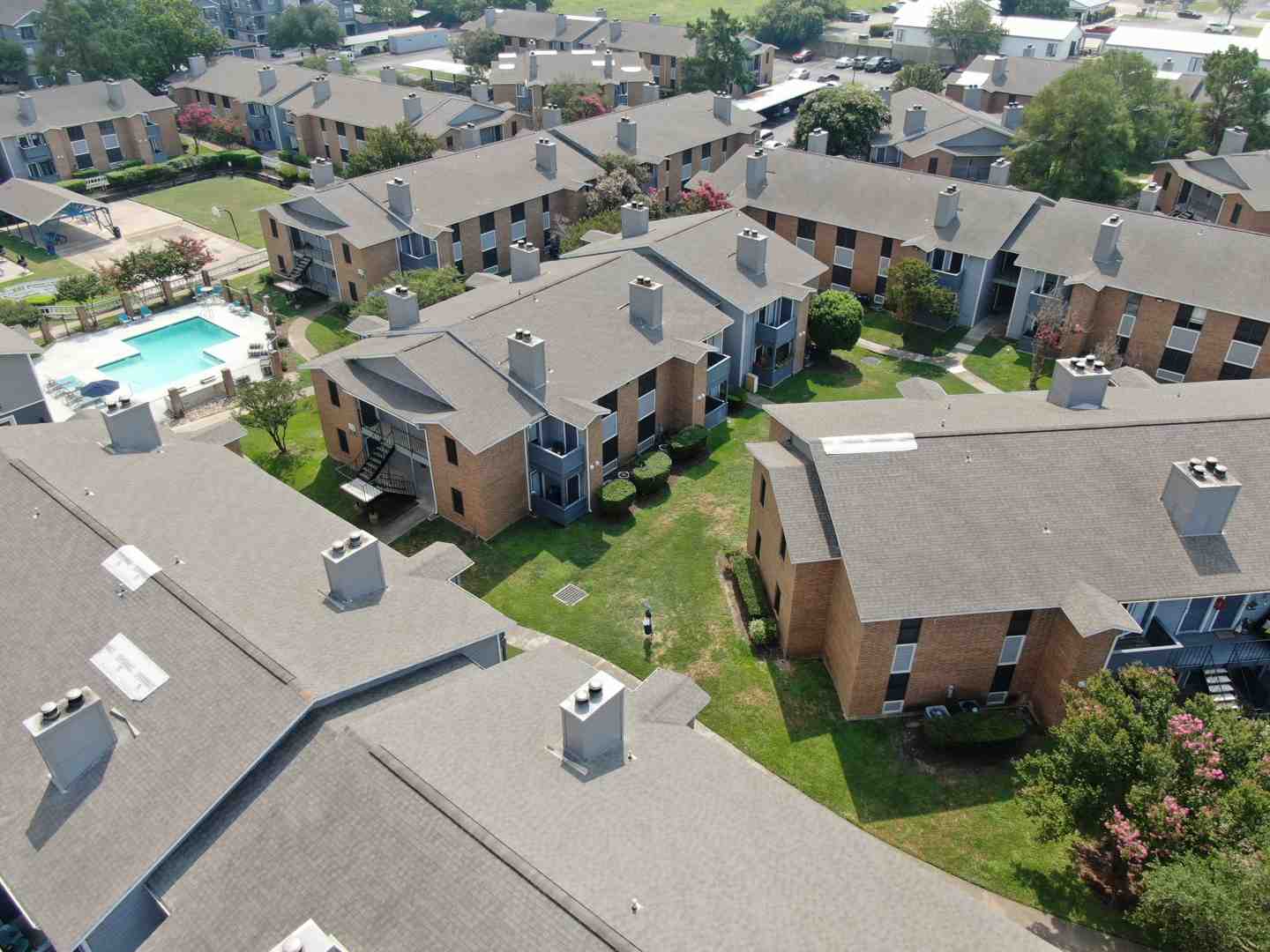Asbestos is a mineral fiber that has been widely used in construction due to its heat resistance and durability. When disturbed, asbestos can release tiny fibers into the air that pose severe health risks, including lung cancer and mesothelioma. Fire damage can exacerbate this issue, making proper handling of asbestos vital during insurance claims and rebuilding efforts.
- Risk: Asbestos is dangerous when inhaled, potentially causing severe respiratory diseases.
- Situations: Fire damage can release asbestos fibers if materials containing asbestos are involved.
- Claims: Insurance claims for fire damage must address asbestos testing and removal to ensure safety.
- Legality: Professional services are recommended for asbestos abatement due to strict regulations.
My name is Scott Friedson, and I have spent decades helping policyholders steer complex insurance claims, including cases involving asbestos. The expertise gained from settling over $250 million in claims ensures policyholders receive fair adjustments without unnecessary litigation.

Simple guide to asbestos:
– Apartment and Multifamily Claims
– Apartment fire insurance claim
– Houston property damage claims
Understanding Asbestos
Asbestos is a naturally occurring mineral fiber found in rock and soil. It’s known for its strength and heat resistance, which is why it was widely used in building materials. However, it’s also a carcinogen, meaning it can cause cancer.
Health Effects of Asbestos
Exposure to asbestos fibers can lead to serious health issues. When these tiny fibers are inhaled, they can become trapped in the lungs. Over time, this can cause diseases such as lung cancer, mesothelioma, and asbestosis.
-
Lung Cancer: Asbestos exposure significantly increases the risk of lung cancer, especially for smokers.
-
Mesothelioma: This is a rare cancer affecting the lining of the lungs, chest, abdomen, and heart. It is almost exclusively caused by asbestos exposure.
-
Asbestosis: A chronic lung disease that causes scarring of lung tissue, leading to long-term breathing complications.

Common Locations of Asbestos
Due to its properties, asbestos was used in various construction materials. Here are some common locations where asbestos might be found:
-
Vinyl Flooring: Asbestos was often used in the backing of vinyl floor tiles and sheet flooring. Disturbing these materials can release fibers into the air.
-
Insulation: Many homes, especially older ones, have insulation made with asbestos. This includes attic and wall insulation, often containing vermiculite.
-
Roofing Shingles: Asbestos was used in roofing shingles for its durability and fire resistance. Even today, older roofs might still contain asbestos materials.
Understanding where asbestos is commonly found and the health risks it poses is crucial, especially when dealing with fire damage claims. This knowledge helps ensure the safety of everyone involved and aids in navigating the complex world of insurance claims.
Asbestos in Fire Damage Claims
Identifying Asbestos in Fire-Damaged Properties
When a fire occurs, it can disturb asbestos-containing materials, releasing harmful fibers into the air. This makes identifying asbestos in fire-damaged properties a critical step.
Risk Assessment is the first step. A certified asbestos inspector should evaluate the site to determine the extent of asbestos contamination. They will look at common building materials like insulation, vinyl flooring, and roofing shingles, as these often contain asbestos.
Inspection and Testing are crucial. Inspectors will carefully collect samples from suspected areas and send them to a lab for analysis. This confirms the presence of asbestos and helps in planning the next steps.
Safety Protocols must be followed during this process. Inspectors should wear protective gear to avoid inhaling asbestos fibers. The area should also be isolated to prevent the spread of fibers to unaffected parts of the property.
Mitigating Asbestos Risks in Fire Claims
Once asbestos is identified, it’s time to mitigate the risks. This involves containment, removal, and engaging professional services.
Containment involves setting up barriers around the affected area. This prevents asbestos fibers from spreading during the removal process. Professionals use plastic sheeting and negative air pressure machines to keep fibers contained.
Removal should only be done by licensed asbestos abatement contractors. These experts follow strict procedures to safely remove and dispose of asbestos materials. They use specialized equipment and techniques, like wetting down materials to minimize fiber release.
Professional Services are essential throughout this process. Hiring certified contractors ensures that the removal is done according to local and federal regulations. This not only keeps everyone safe but also helps in navigating insurance claims for asbestos-related fire damage.
By following these steps, property owners can effectively manage asbestos risks and work towards a safe restoration of their fire-damaged properties. This careful handling is vital for health and safety and plays a key role in the insurance claim process.
Navigating Insurance Claims for Asbestos-Related Fire Damage
When dealing with fire damage, asbestos can complicate insurance claims. Understanding the claim process and potential challenges is key to securing the coverage you need.
Steps to File a Claim
1. Policy Coverage: Start by reviewing your insurance policy. Check if it covers asbestos-related issues, as not all policies do. Understanding your coverage will guide your next steps.
2. Evidence Collection: Gather all necessary evidence before filing your claim. This includes photos of the damage, reports from asbestos inspections, and any documentation related to asbestos abatement plans.
3. Claim Submission: Submit your claim promptly. Include all evidence and documentation. Timely submission is crucial to avoid complications and delays.
4. Negotiation: Be prepared to negotiate. Insurance companies may offer lower settlements initially. Know your policy details and use your documentation to support your case.
Challenges in Asbestos-Related Claims
Delays: Claims involving asbestos can take longer to process. The need for specialized inspections and abatement can slow things down. Stay patient and maintain open communication with your insurer.
Disputes: Disagreements over coverage are common. Some insurers may argue that asbestos abatement costs aren’t covered. Be ready to advocate for your rights and clarify your policy terms.
Policy Limitations: Not all policies cover the full extent of asbestos-related costs. Understand any limitations in your policy and consider consulting with a professional if you encounter roadblocks.
By following these steps and anticipating challenges, you can steer the complex process of filing insurance claims for asbestos-related fire damage. Stay informed, organized, and proactive to ensure the best possible outcome.
Frequently Asked Questions about Asbestos and Insurance Claims
What does asbestos do to humans?
Asbestos is a dangerous mineral fiber. When inhaled, it can lead to serious health issues. The primary diseases linked to asbestos exposure are:
- Lung cancer
- Mesothelioma, a rare cancer affecting the lining of the lungs and abdomen
- Asbestosis, a chronic lung disease causing scarring of lung tissue
These conditions can take years to develop after exposure, making early detection challenging. It’s crucial to minimize exposure to asbestos to prevent these health risks.
Where is asbestos most commonly found?
Asbestos was widely used for its strength and heat resistance. You’ll often find it in:
- Building materials: This includes roofing shingles, vinyl flooring, and cement products.
- Insulation: Asbestos was a popular choice for insulating homes and buildings due to its fire-retardant properties.
While its use has declined, asbestos is still present in many older structures. Disturbing these materials during renovations or demolitions can release harmful fibers into the air.
Is asbestos still used in homes?
The use of asbestos in new construction has decreased significantly since the 1970s due to its health risks. However, many older homes still contain asbestos materials. If you live in a house built before this period, it’s wise to consult a professional to assess the presence of asbestos.
Asbestos is generally safe if left undisturbed. If you suspect its presence in your home, do not attempt removal on your own. Always seek help from licensed asbestos professionals to ensure safety.
Conclusion
At Insurance Claim Recovery Support, we stand by policyholders who face the daunting task of navigating asbestos-related fire damage claims. Our commitment is to make this process as straightforward and stress-free as possible.
Policyholder Advocacy
We believe in advocating for our clients at every step. As public insurance adjusters, we work exclusively for you—not the insurance companies. Our goal is to ensure you receive the settlement you deserve, especially when dealing with complex issues like asbestos exposure in fire-damaged properties.
Maximizing Settlements
Getting the maximum settlement is crucial. Asbestos can complicate fire damage claims, but with our expertise, we help document and argue for the fullest compensation possible. We understand the nuances of policy coverage and the challenges that can arise, such as delays and disputes. Our team is dedicated to overcoming these problems to secure a fair and prompt settlement for you.
For more information on how we can assist with your multi-family insurance claims, visit our Multi-Family Insurance Claims Process Page.
Our experience in Texas and beyond—covering cities like Austin, Dallas, Fort Worth, and Houston—ensures that you have a knowledgeable partner in your corner. Trust us to help you steer the complexities of your insurance claim and advocate for the compensation you deserve.






